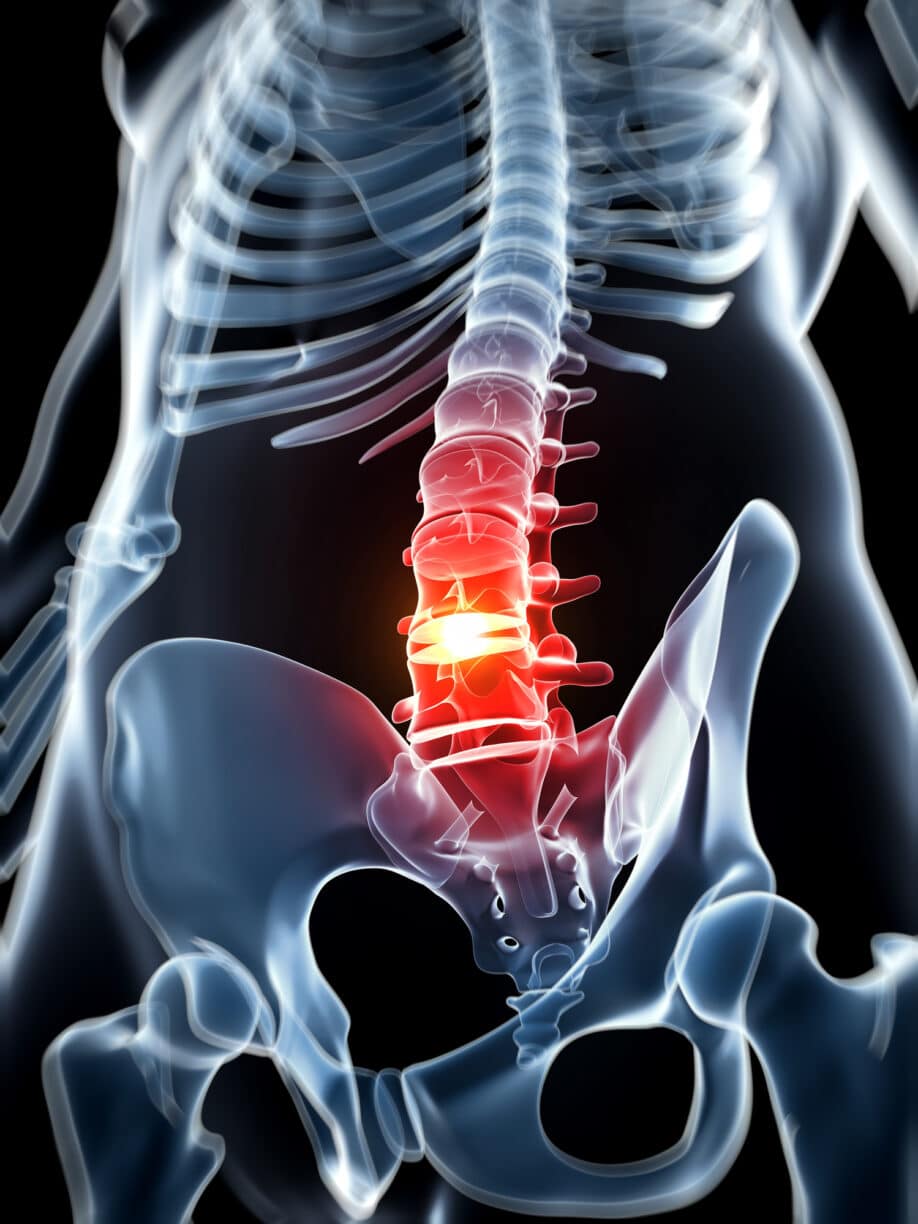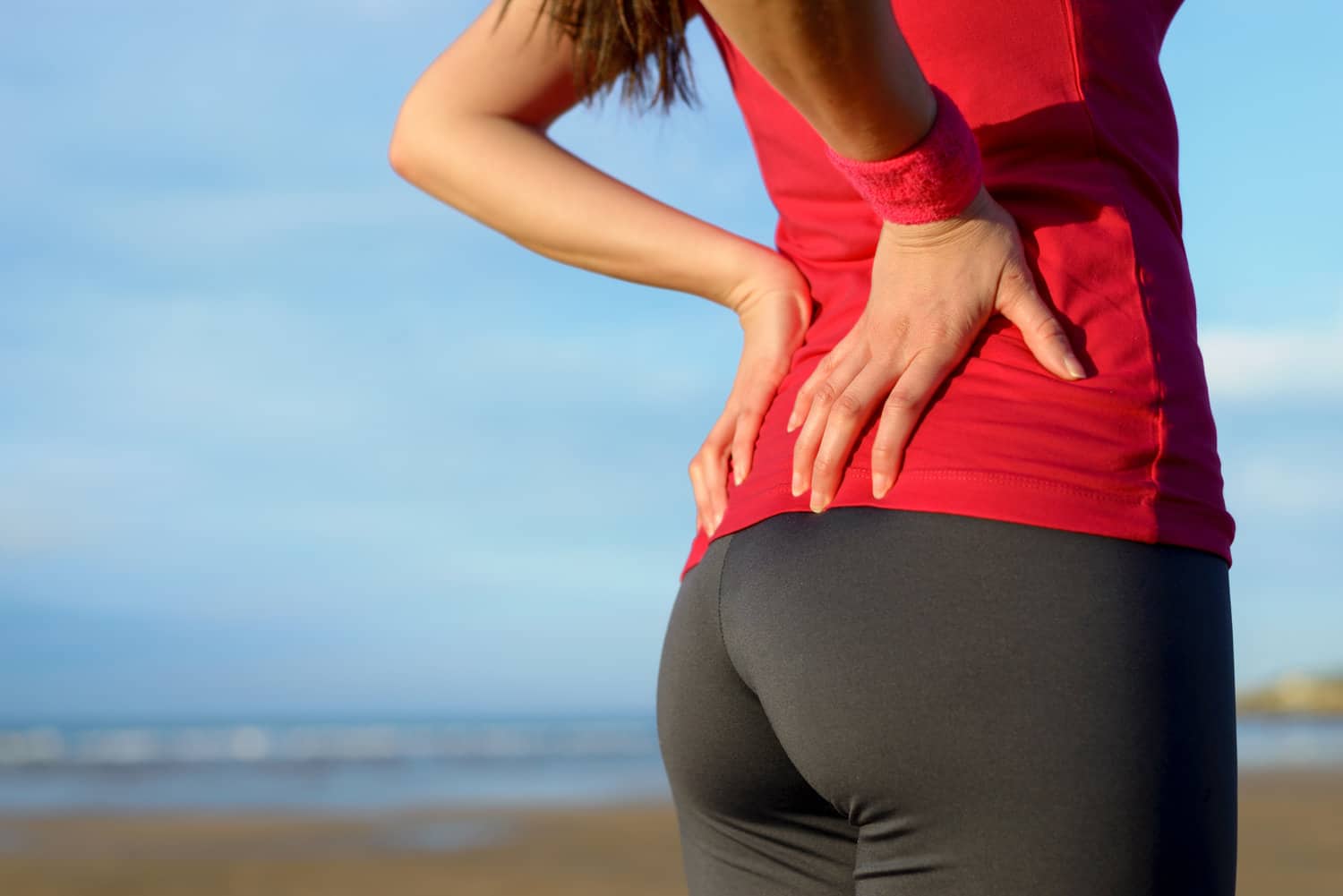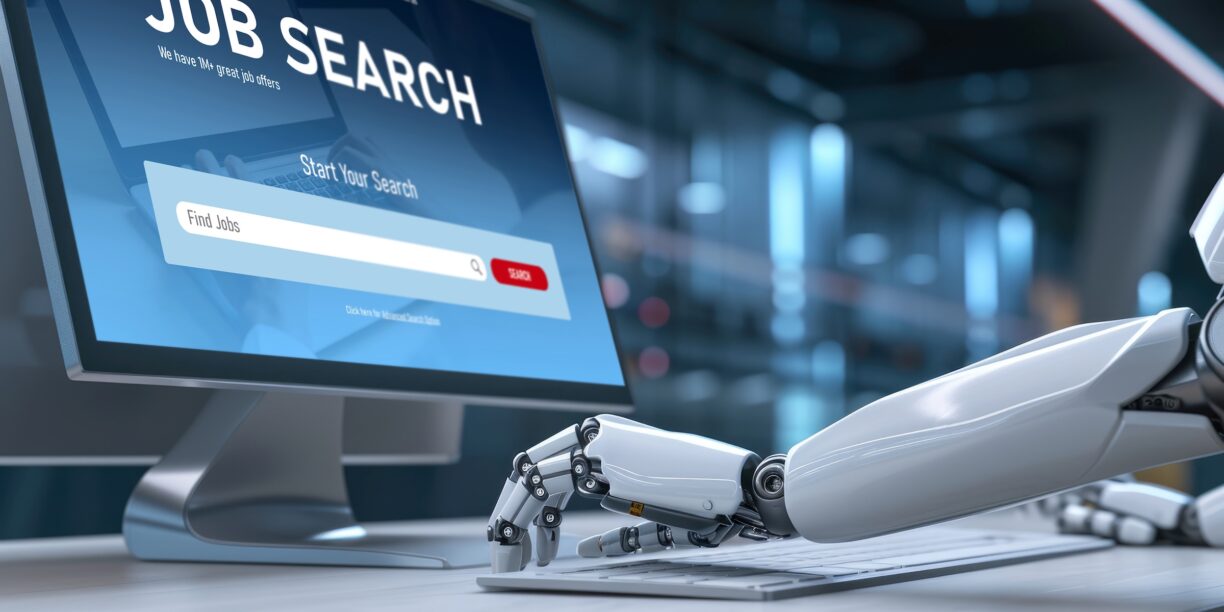Patients usually come across the phrase “herniated disc” for the first time from a therapist or doctor, just after they have found themselves with excruciating pain in their neck, back or legs, wondering what on earth they have done to themselves!
The good news is that the vast majority of herniated discs can be treated without surgery using manual therapy and exercise and/or with IDD Therapy disc treatment. It is only a small percentage of cases that go on to have surgery.
This article helps to explain what causes a herniated disc and how the non-surgical treatments aim to resolve this debilitating condition.

Prior to Herniation
It’s useful to understand what happens to cause a herniated disc or “disc herniation” in order to understand how a treatment works.
A spinal – or invertebral – disc sits between the bones of our spines. In the spinal column, each bone (vertebra) is a solid structure. In order to bend our spines and cushion the vertebrae which are stacked on top of each other, the discs act as shock absorbers sandwiched between the vertebrae.
The discs are very strong, slightly spongy and provide cushioning. They consist of an outer wall made of collagen and the centre of the disc is made of a toothpaste-like substance, called the nucleus pulposus. At birth the nucleus is made of 80%. This percentage reduces as we age.
A healthy and hydrated disc is bouncy like a well-inflated bicycle tyre, this is called hydrostatic pressure. The most important thing we can do to look after our discs is to move, have good posture and to drink plenty of water.
Hydration, Movement and Posture
We are recommended to drink two litres of water per day. Our discs are made of collagen, which is the same material as in our skin. We moisturise our skin to keep it from drying it out. Water in the body is essential for the collagen in our discs and, without enough water, the disc walls will dry out and weaken.
The discs absorb water from their surroundings and if they are under constant pressure (compression), they cannot absorb water. Without water the discs lose some of their hydrostatic pressure and shock-absorbing properties. Additionally as the discs lose water, the walls of the disc can dry out and weaken, making them less able to keep the nucleus inside, rather like the weakened walls of a damn which holds back water.
The reason movement and good posture are so important is because discs help to support the pressure of our body. If we don’t move, the constant pressure pushes the nucleus of the disc against the outer wall and over time, weakens it.
Sitting and slouching squashes the life out of our discs. If we slouch over we put a lot of pressure on the discs at the base of the spine.
When we slouch in one position, we squash the front side of the disc and the nucleus of the disc is pushed back hard against the rear of the disc. The front side can slowly dry out and weaken whilst the back side of the disc can weaken because it has the nucleus forced back against it for long periods.
Disc Herniation
At any given time, we may have discs bulging out of shape. When the nucleus of a disc pushes out and passes through the walls of the disc, this is called a herniated disc of disc herniation. Pain can strike immediately.
The spinal column houses the spinal chord and at each level of the spine, nerves branch off from the spinal cord. The discs separate the vertebrae and allow space between them for these nerves to travel to the different parts of our body.
If the disc herniates, the nucleus can press against one of the nerves and this pressure can cause pain. Additionally, the material of the nucleus causes a chemical irritation to the nerve and pain. When there is an injury to the disc, the body has a natural “inflammatory” response to heal an injury. Inflammation is a good thing, but if pain persists, the inflammation can be a source of pain in itself. This is why we often take anti-inflammatories to dampen down the inflammation.
For discs in the neck, this can lead to shooting pains in the arms. In the lower back, it can cause pain in the buttocks or legs as pressure is put on to the sciatic nerve, “sciatica”. The lower back has five discs and depending on which disc has herniated, the pain is felt in different parts of the leg or buttocks as different nerves control different parts of our lower limbs.
The body guards itself when the disc herniates. To stop further injury, the body goes into spasm. This is where the muscles contract rigidly to stop any further movement, which may risk damage. This causes intense pain in itself!
The herniation can be caused by an injury such as falling or a collision, where the impact pushes the nucleus violently against the disc wall causing it to rupture. Or more commonly, where a disc wall has been weakened over time, a twisting movement, poor bending posture or improper lifting can force the nucleus against the disc wall which is unable to contain it.
The good news is that the body will repair itself, provided the conditions are right and the injury is not too severe. However, if the pain persists, the spinal segment is not moving and over time it can become stiff and immobile and prevent the healing mechanism from working normally.
Manual Therapists and Exercise
A manual therapist will work with patients in a number of ways. When someone presents with a herniated disc, we look at the overall function of the body. We can use stretching techniques to ease the muscle spasm and then we use our hands to move the joints, to mobilise them. This mobilisation is important to free the movement and allow the body’s natural healing mechanisms to operate.
A herniated disc is not purely about the spine. As an Osteopath, I look at the whole body. If one part of the body is not moving properly, this can mean that certain movements and thus additional forces pass through the back e.g. if the hips are not moving, twisting motion which would normally be a combination of hip and lower back movement can pass primarily through the back.
That puts excessive forces on the discs and they can herniate. So we look at those imbalances and work on them.
Once we get movement back in the spine and start to address structural imbalances, simple exercises to strengthen the muscles will help to support the spine and ease pressure on the disc. That creates an environment for the body to heal itself and repair the injured disc.
IDD Therapy
Herniation usually occurs at a specific level. The two discs at the base of the spine, called L5/S1 and L4/L5 are the most common to suffer herniation. The spinal segments are extremely strong and if they become stiff over a long period of time, it can be difficult to take pressure off the disc and get the segment moving again.
IDD Therapy is a mechanical tool which allows us to decompress and mobilise targeted spinal segments. It was developed to address the failings of earlier traction treatment and the key with IDD Therapy is it works at the specific spinal segment.
Patients are connected to the Accu SPINA machine with ergonomic harnesses. Then, using computer-controlled pulling forces, IDD Therapy directs a pulling force to a targeted level to gently open the space between two vertebrae and to relieve pressure on the disc and nerves.
At the same time, the system gently oscillates the forces, meaning the soft tissues are both stretched and mobilised. The combination of decompression and mobilisations helps to take pressure off the disc and restore mobility. The treatment forces applied are progressively increased as the body adapts.
IDD Therapy is extremely comfortable and suitable for people of all ages. Some patients even go to sleep! IDD Therapy is combined with manual therapy and exercise and patients have a course of treatments over a six week period. The aim being to relieve pain and create a platform for long term healing.
Surgery
Surgery is a last resort to treat a herniated disc when manual therapy and IDD Therapy have not brought about change. When the pain is so severe and unresolved, or if the nerve pain is causing weakness in the leg, then surgery can be carried out to remove the part of the disc pushing on the nerve.
Surgery can relieve the leg pain instantly, however it is not given routinely because there are risks and it does not address the underlying causes of the compression, immobility in the spine and weakness.
Hence it is so important to have full rehab when a patient undergoes surgery for a herniated disc.
After treatment
If weakness and a lack of movement contributed to the disc herniation, it goes without saying that certain lifestyle changes will make a big impact on preventing a recurrence of the problem. Gentle activity like walking helps, or specific exercise classes to stay flexible and strong, such as pilates may benefit. Of course, we want people to be more aware of their posture and hydration.
Most people fully recover from a herniated disc and it is important people get the right advice from a registered professional. The goal of most practitioners is to help people out of pain and onto a path of long-term wellbeing.
ABOUT THE AUTHOR
Stephen Haynes is an Osteopath and IDD Therapy provider, and Clinical Director of Active Therapy Clinic in Cirencester Gloucestershire.
‘Intervertebral Differential Dynamics” or IDD Therapy is the fastest growing non-surgical spinal treatment for intervertebral discs with over 1,000 clinics worldwide and 34 clinics across the UK. Safe, gentle and non-invasive, IDD Therapy helps patients who need something more for their pain when manual therapy alone is insufficient to achieve lasting pain relief. http://iddtherapy.co.uk/
Facebook: IDD Therapy Europe
Twitter: https://twitter.com/iddtherapyeuro
Stephen Haynes is an Osteopath and IDD Therapy provider, and Clinical Director of Active Therapy Clinic in Cirencester Gloucestershire.
‘Intervertebral Differential Dynamics” or IDD Therapy is the fastest growing non-surgical spinal treatment for intervertebral discs with over 1,000 clinics worldwide and 34 clinics across the UK.
Safe, gentle and non-invasive, IDD Therapy helps patients who need something more for their pain when manual therapy alone is insufficient to achieve lasting pain relief. http://iddtherapy.co.uk/





